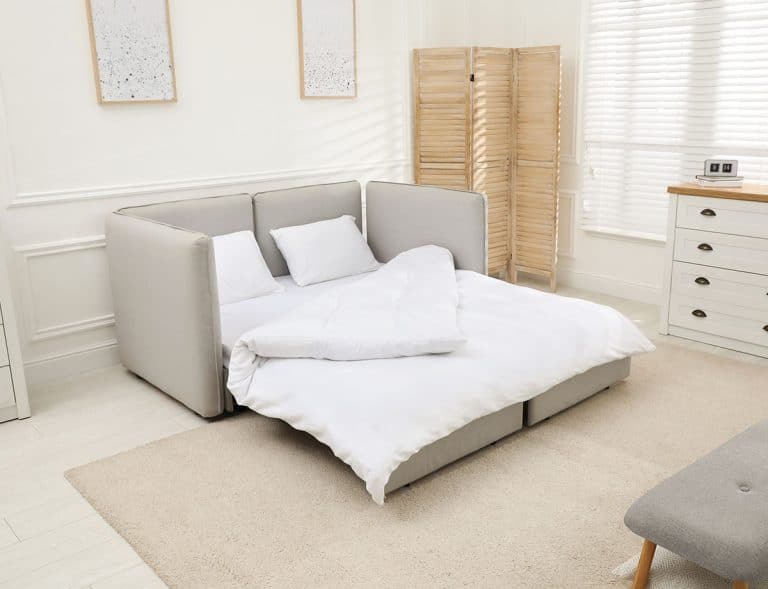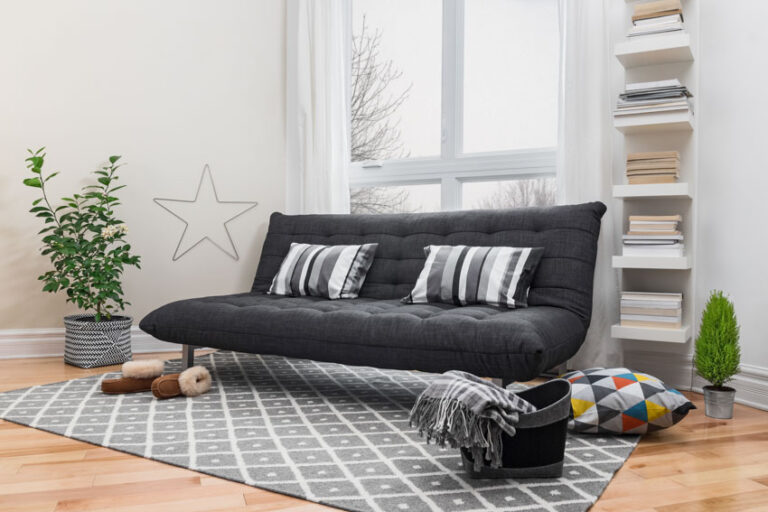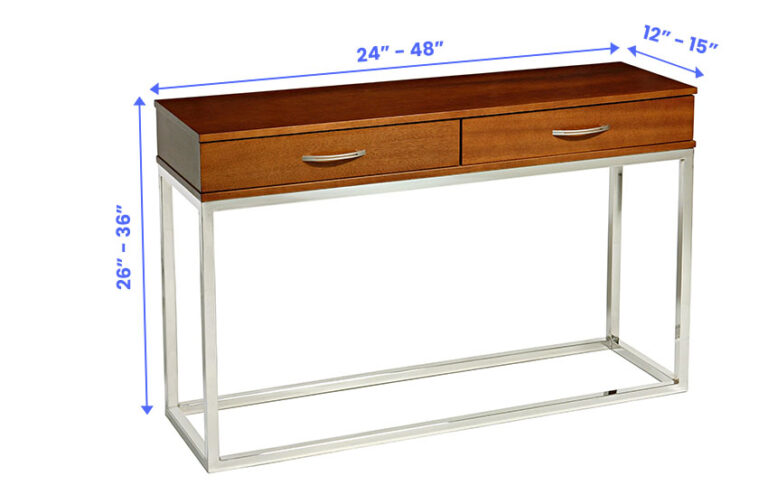Are Twin XL Beds the Best Choice For Dorm Bed Size?
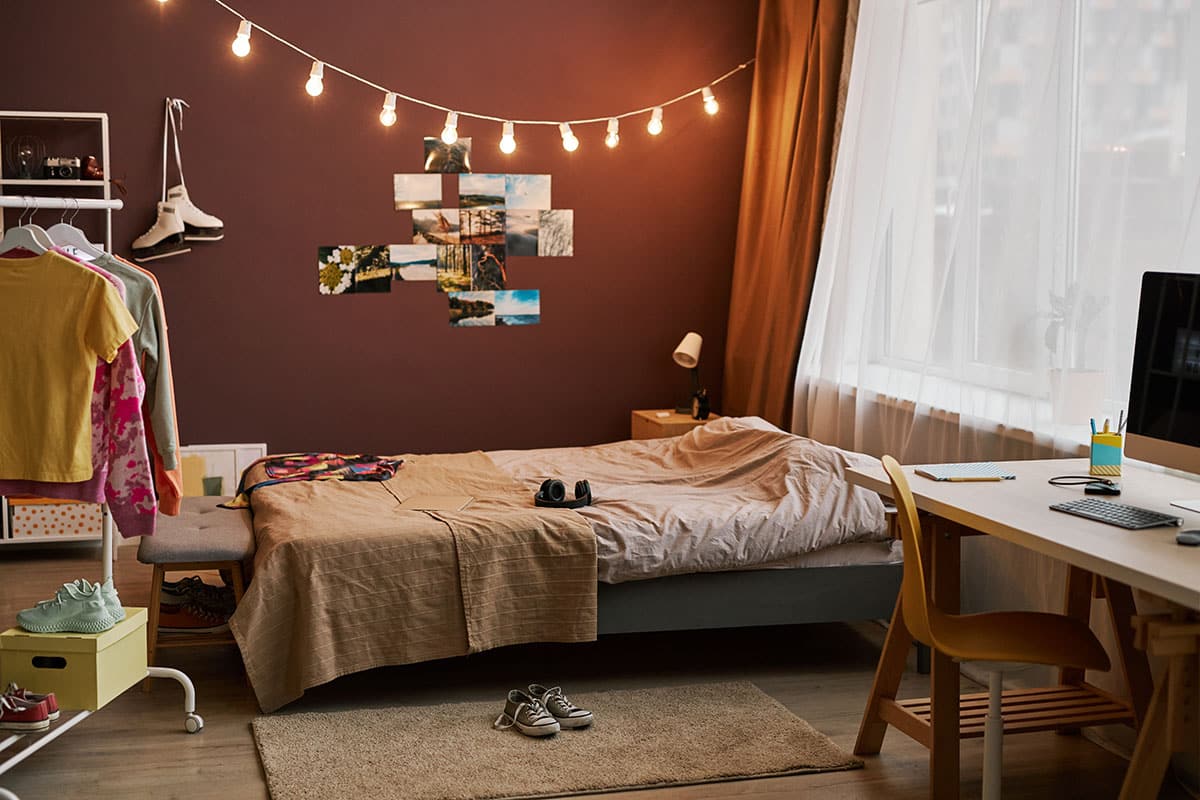
Some families find sending their children to college or university financially draining. Yet, parents are more than willing to sacrifice for this responsibility, including choosing the right dorm bed size. Although university dormitories have “standard” bed sizes, families still want to know the correct one to buy sleep essentials (i.e., sheets, pillows, pillow cases, and more). They do not want to bring an oversized or overly small sleeping element that can undermine their kids’ comfort, subvert school policies, or “annoy” a roommate. Unsurprisingly, knowledge of dorm bed size empowers families with college-going children to prepare better for their kids’ academic and co-curricular adventures.
Twin XL Dorm Bed Dimensions
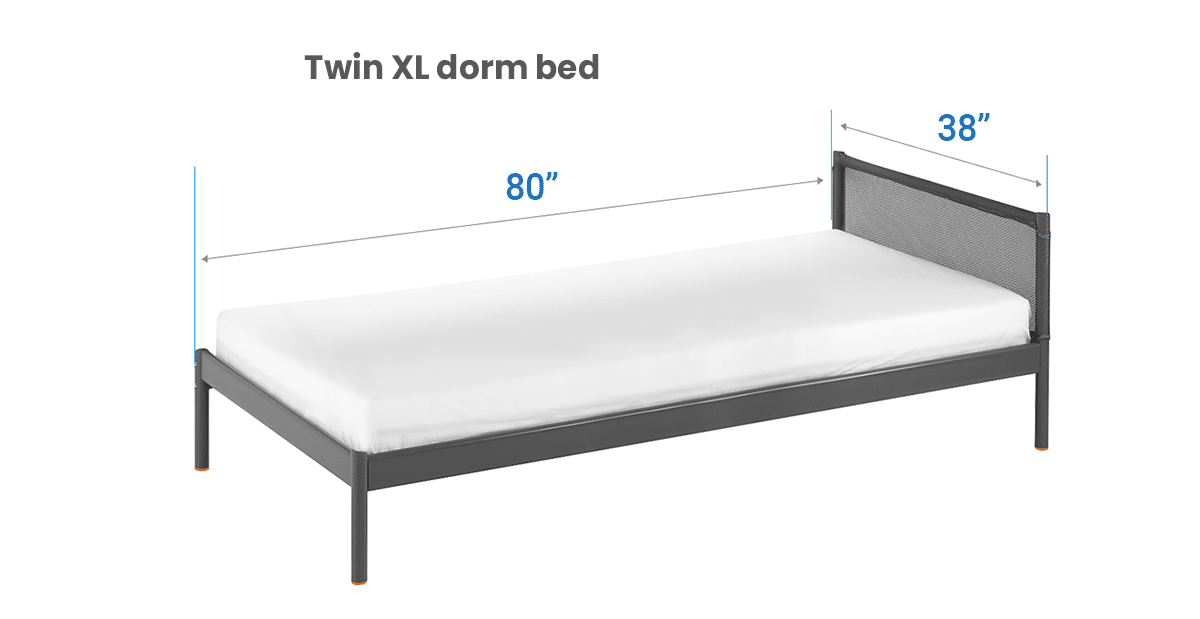
Student dormitories are not hotel rooms. For many, dorm rooms look more like a backpacker’s hostel in some foreign city. Space is a luxury and building managers must squeeze in all basic necessities into every square-inch of floor space.
The standard Twin XL bed size is 80” long by 38” wide.
• Length
Four out of five US universities and colleges have a Twin XL dorm bed size. These sleep furnishings span 80 inches or about 2 meters from the foot to the head. In contrast, the standard Twin families have in their homes is 5 inches shorter or only 1.9 meters long.
So, why do most schools of higher learning use a Twin XL when a Twin bed would be just fine?
More than two-thirds of college and university students stand 65 to 75 inches (about 1.65 to 1.9 meters). A standard Twin bed’s 75-inch length should be just right.
Unfortunately, there would be insufficient space to move around during sleep, especially for dormers that constantly move when in slumber land.
Hence, the extended Twin XL model is ideal. Moreover, this size allows schools to accommodate even tall varsity players (i.e., a 6-foot, 6-inch or 1.98-centimeter tall player can sleep comfortably on a Twin XL mattress with enough headroom and legroom to move about during sleep.
• Width
As for the dorm bed’s width, nearly all educational institutions use a 38-inch span from left to right (about 96.5 centimeters). The breadth is sufficient to accommodate even “large-sized” students.
Examples of universities and colleges with Twin XL’s include the Arizona State University, Ohio State University, University of Central Florida, University of Florida, University of Minnesota, University of Texas at Austin, and the University of South Florida.
Custom Beds
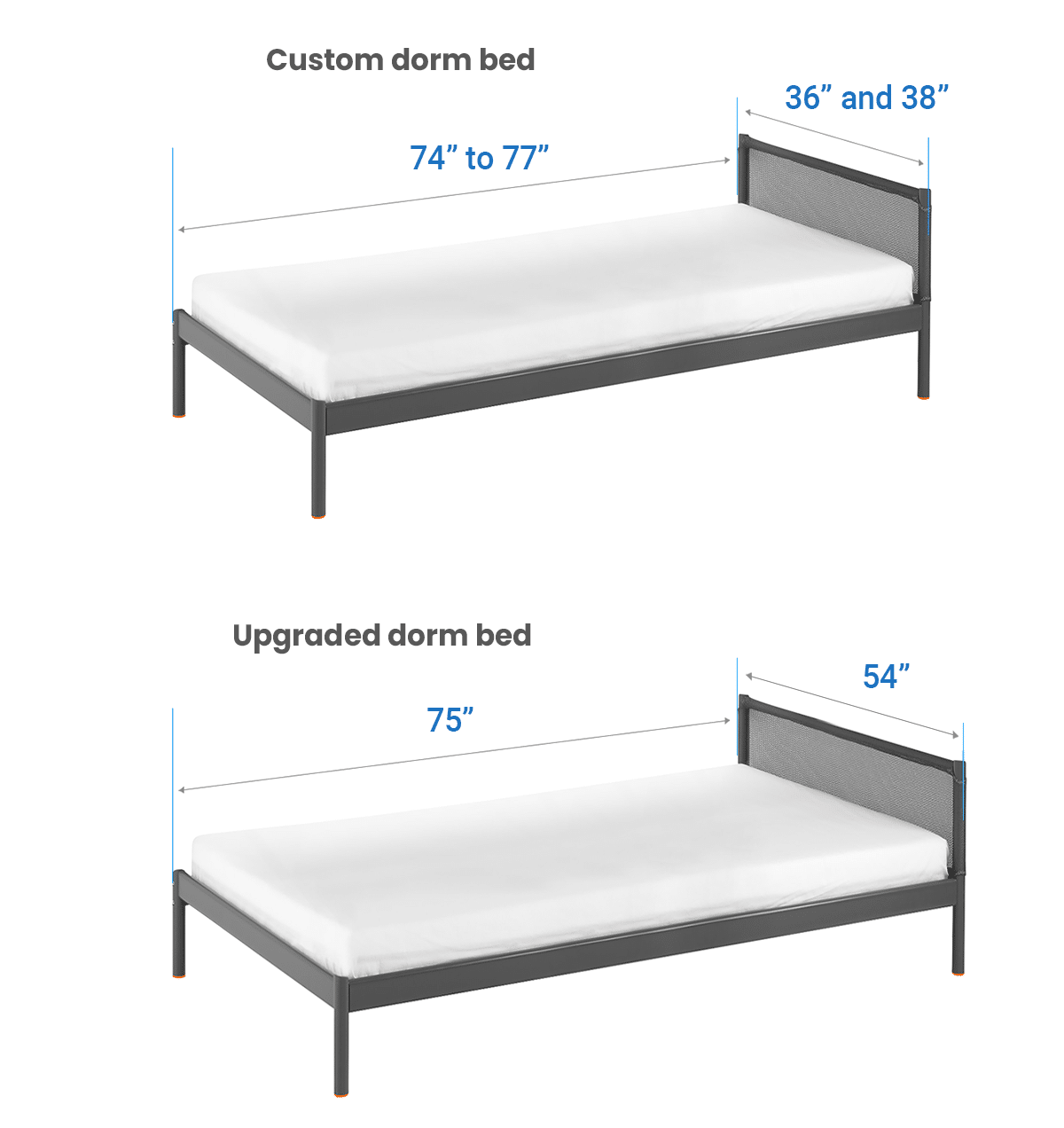
One in five colleges or universities do not adhere to the Twin XL dorm bed size to accommodate students with “unique” needs. These institutions often use a cross between a Twin and Twin XL, measuring 74 to 77 inches (about 1.88 to 195.6 meters) on its elongated section. The width also varies between 36 and 38 inches or 91.4 and 96.5 centimeters.
Schools that use custom Twins include the Florida International University with a 74-inch by 36-inch bed and the Texas A&M University with 77-inch by 36-inch sizes.
Upgraded Beds
Some colleges and universities do not use custom Twin or Twin XL dorm bed sizes. Instead, these institutions offer a full-sized option, measuring 54 inches across (1.37 meters) and 75 inches lengthwise (1.9 meters).
The bed’s length is identical to a standard Twin but 5 inches shorter than the Twin XL. Its dimensions should still be a good fit for the average college student who might need a more relaxed and comfortable sleeping platform.
Bed Frame Dimensions
Bed frames in dormitories vary in dimensions, depending on the university or college’s policy or student residential building guidelines. However, they should still approximate the measurements for Twin XL, custom Twin, or full-size, if not slightly larger.
Families might want to check with the university about their dorm bed specifications. For example, Cornell University features an 85-inch (2.16 meters) long frame, 5 inches longer than the Twin XL.
Cornell University’s 85-inch-long bed frame might seem oversized, but it should offer sufficient head and foot space for other essentials. One can place a Twin XL on the frame and still have plenty of space for other things.
Institutions that use bunk beds for dormers also vary in frame designs. For instance, the University of Montana uses a 66-inch-high bunk bed (the top bunk is about 1.68 meters from the floor).
The lower bunk is 29 inches (73.7 centimeters) from the floor to the mattress’s upper surface. If the mattress is 3 inches (7.6 centimeters) thick, the lower bunk should be 26 inches off the floor (about 66 centimeters).
These variances in frames underscore the need to contact colleges and universities. The good news is most educational institutions have online guides describing student dormitory specifics. Families must consider visiting these websites and similar online resources to check a university’s frame specifications.
How Big is the Space Under a Dorm Style Bed?
Space is a concern in many dormitories and similar facilities. It requires students to think creatively and optimize readily available dorm room real estate, including underneath. That makes under-the-bed space more crucial than simply storing soiled clothing and other “unnecessary” items.
Most schools with Twin XL beds have a 20-inch clearance between the floor surface and the bed’s underside (about 51 centimeters). It is sufficient for storing student luggage, footlockers, and other portable storage solutions. However, it is worth noting that some colleges and universities have design preferences.
For example, Cornell University sets its dorm beds 28 to 39 inches off the floor (about 71 to 99 centimeters), allowing students to request a height adjustment to suit their preferences.
Cornell’s lowest bed height leaves only 9 inches of vertical space (about 23 centimeters) from the floor, while its highest setting gives students a 22-inch clearance (about 56 centimeters).
Meanwhile, the University of Montana has varying under-the-bed space. The measurement depends on the type. For instance, a standard dormer’s bed has 19.5 inches of clearance (49.5 centimeters), while a Captain’s style has an enviable 31-inch floor-to-bed underside ceiling (78.7 centimeters).
Student loft beds have a spacious 56-inch area under the sleeping platform (1.4 meters), while the lower student bunk only has 19.5 inches or 49.5 centimeters of clearance.
Ideally, parents will want to know these measurements to adjust their college preparations. For example, a 22-inch-deep (56 centimeters) luggage will not fit under a standard 20-inch under-the-bed clearance. Hence, they must bring a “shallower” luggage.
Can You Bring Your Own Mattress to the Dorm?
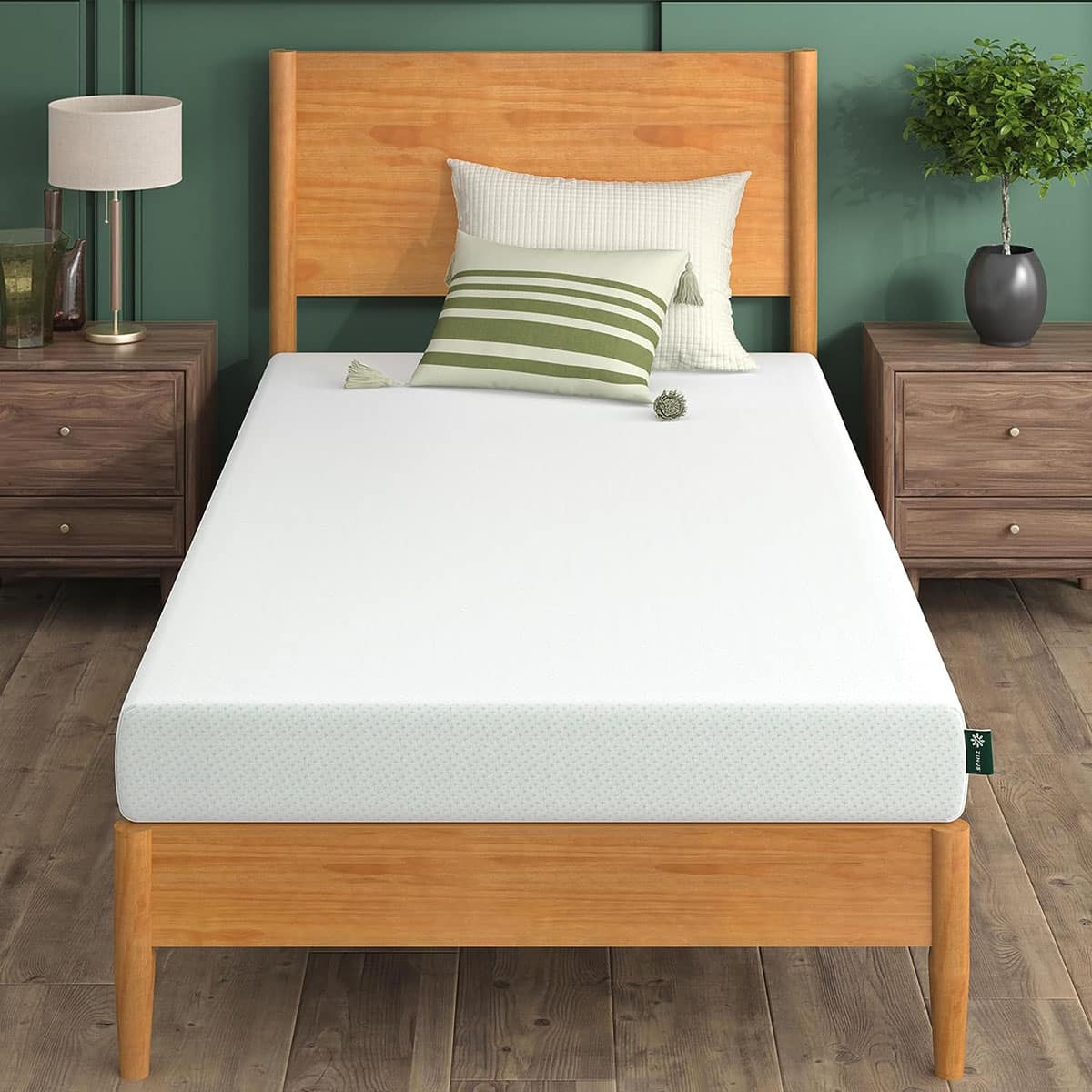
Many families with college-bound kids often ask if bringing their mattresses to the dorm is a good idea. Although the notion is sound, most universities and colleges have specific rules about what items dorm residents can and cannot bring. Sadly, mattresses are one of those prohibited in most educational institutions.
Several explanations can account for this. First, dorms are not hotel rooms. These living quarters have space limitations. Colleges, universities, and other institutions with dorms have “standardized” furnishings, including beds. Hence, bringing a mattress “larger” than the furniture’s rated capacity can be very inconvenient. It takes more space than the facility can accommodate.
Second, dorm rooms are “communal,” one’s kid shares the room with another. Bringing an oversized mattress might intrude into the roommate’s “fair space” and create tension between dormers. This observation is not an issue if one’s roommate understands the need for a “larger-than-usual” mattress.
Third, even if the mattress is specific for the dorm bed, dormers and their families must seek approval from the institution’s “housing” department. Bringing additional “mattress” takes up precious space when stored. Dormers will not have enough space for other items (i.e., school stuff, uniforms, footwear, and bags) because the “extra” mattress takes it up.
For families worried about the mattress’s sanitation or cleanliness, dormers can always bring a mattress liner or protector.
Do You Really Need Twin XL Sheets for College?
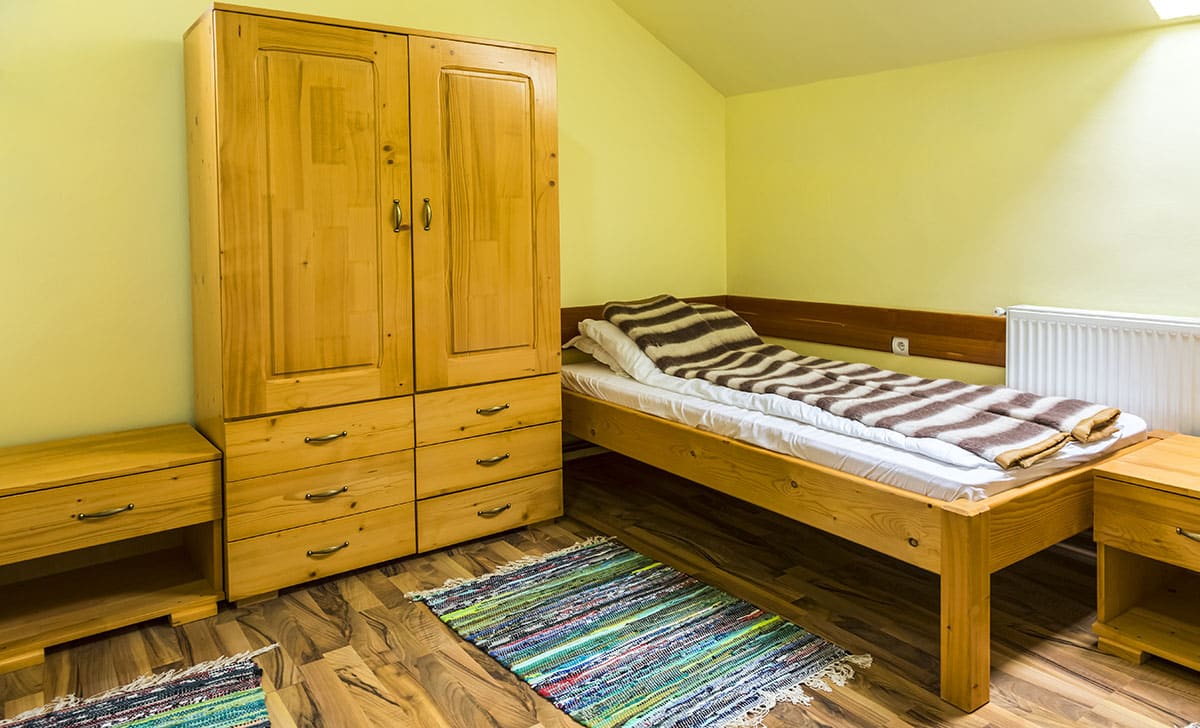
Given that 4 out of 5 higher educational institutions have Twin XL’s, families must purchase these sheets for their college-bound children. Although some parents buy standard Twin sheets, this bedding will not fit on an XL mattress. The width might, but not the length.
It is worth reiterating that Twin XL is 5 inches (about 12.7 centimeters) longer than a standard size. Although the Twin sheet will cover the surface, the head or the foot of the mattress will be bare. However, some sheet manufacturers design their products to fit both Twin and Twin XL’s. Families can check these offerings’ technical specifications (dimensions), including the elastic fittings at the corners.
Fitting a Twin/XL sheet on a Twin XL mattress should not be a concern. Unfortunately, the elastic corners might not be taut enough to create a seamless sleeping surface when users place the sheet on a residential Twin. Hence, buyers must consider the mattress’s dimensions and compare them with the sheet’s measurements. And that is why assessing the dorm’s sleeping quarters is necessary to give families a more accurate picture of what sheets to buy for their college-going kids.
See more related content in our article about choosing bed sizes on this page.



